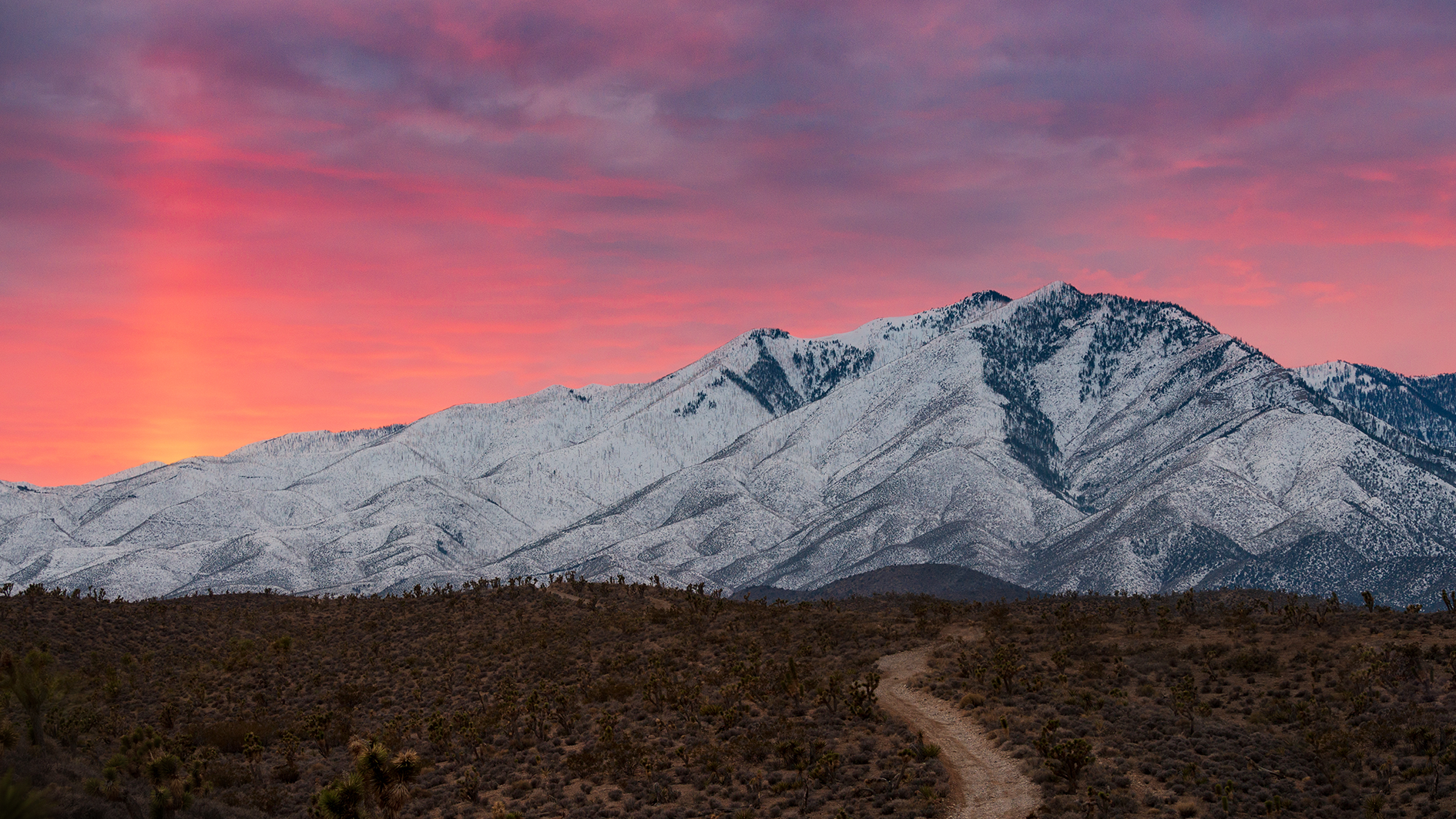
At 11,916 ft / 3,631m, Mount Charleston is the tallest peak in the Spring Mountain Range, near Las Vegas, Nevada. To get there and back, hikers must traverse 17.5 gruelling miles through dense bush and unforgiving underfoot terrain, which becomes especially treacherous in winter when trails are heavily iced.
In only the past few weeks, nine people have been rescued attempting to scale Mount Charleston, prompting mountain rescue officials to plead with the public to take proper precautions.
“One slipped, sliding 100 feet and colliding with a tree, causing severe leg injuries. Another slid an additional 100 feet before stopping on a ledge,” explained a social media post from LVMP Search and Rescue.
Even Alex Honnold, the free climbing extraordinaire behind ‘Free Solo’, struggled to make the top.
The 39-year-old shot to fame in 2017 when he became the first person to climb a grade VI route up Yosemite's El Capitan summit without any safety equipment.
Making his first attempt to hike up Mount Charleston on November 27, the world-renowned climber was thwarted by large ice sheets around the Mt Harris section of the trek.
“We were only wearing running shoes,” explained Honnold in a social media post, who returned a week later with crampons and proper equipment to tackle the trek.

Wearing Black Diamond micro-spikes over his running shoes, Honnold summited Mount Charleston after a tough day of solo hiking.
Alongside the right footwear, Honnold made sure to pack appropriately.
“I ate all my food, drank all my water, wore all my layers, and generally felt like I nailed my packing,” he said on Facebook.
Crampons are an essential tool for harsh, icy conditions. Attaching to the bottom of your shoes, these metal spikes dig into icy terrain to bolster your traction and ensure you stay stable.
Proper hydration and nutrition are also non-negotiable in the backcountry. Although it varies per person, the age-old rule dictates that you should carry one liter of water for every two hours you spend hiking.
Replacing electrolytes is essential too. On long hikes, you’re likely to lose lots of salt when you sweat. To avoid the risk of becoming hyponatremic - where the sodium level in your bloodstream drops too low, these salts can be replaced by snacks like potato chips and peanuts as well as sports drinks.
- The best hiking boots 2024 keep your feet warm, dry, and protected on the trails with our top choices
- The best hiking shoes 2024 trail-friendly shoes for all seasons







